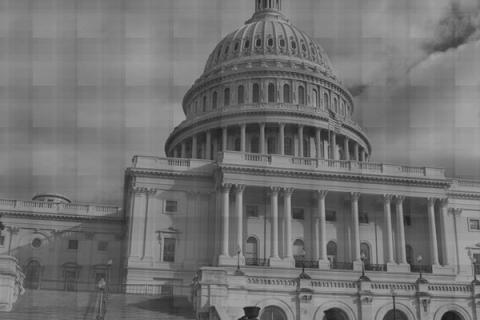Research organizations are digging deep into why student debt is on the rise and if it's significantly hurting graduates' ability to be financially sound. The federal student loan interest rate is set to double next month if congressional action is not taken. The conversation of economic benefits from investing in college students continues. So, what should you know about this phenomenon before engaging in a discussion about it?
Here are 7 key facts about student loan debt you may not have known:
1. Percentage of first-year students taking out loans constantly rises
Based on most recent data, 58 percent of college freshman take out student loans in 2010. This number was at 49 and 42 percent in 2007 and 2000, respectively. California has a lower portion of freshman taking out loans, though the trend is similar. The state had 45, 34, and 31 percent of freshman taking out loans in 2010, 2007, and 2000, respectively.
2. Size of a single student loan is also constantly rising
In 2010, the average amount for a single student loan was at $7,215 nationwide. The average was at $5,440 in 2007 and about $4,700 in 2000. Loan sizes are actually larger in California with $7,783 in 2010, $6,243 in 2007, and about $5,500 in 2000.
3. Government-backed loans make the largest portion of outstanding student debt
Total student loan debt in the United States is estimated at $1.1 trillion, but roughly 90 percent of that total is from government backed loans. The other 10 percent come from private loans. This is because government backed loans are much more attractive in terms of interest rates, repayment methods, and are more accessible.
4. Students from private colleges accumulate a significantly higher amount of debt
Ten percent of the highest student loan borrowers at private for-profit college have an average of $45,800 in debt obligations, while private nonprofit college students owe, on average, $53,000 nationwide. Public university students in the top ten percent of borrowers owe $39,800.
California public university student have higher end debt obligations on an average of $26,000, a relatively better situation.
5. But why is the median debt obligation for private for-profit college the same as public?
Hans Johnson of the Public Policy Institute of California said there are many more students at private for-profit colleges that do not finish. Many of them are not at the college for long and accumulate lower amounts of debt, but no longer have to borrow.
The median debt obligation at private for-profit colleges is $16,800 while public universities are at $16,500. In California, median debt obligations are at $12,000 for private for-profit students and $14,600 at public universities.
6. Default rates are getting worse
While Californian students experience a lower default rate than most states, the situation is still worsening. In 2005, 4.5 percent of borrowers defaulted on their loans, but it rose to 7.2 percent in 2010.
Arizona saw a sharp increase in default rates after 2008, going from 10 percent to 16 percent in one year.
7. 37 million people have student debt obligations, and it takes years to pay back
Of that 37 million, about 5.4 million have a loan that is not paid on time. Most borrowers do not fully pay back loans until later in life, 42 percent are between ages 30 to 50 and 17 percent are 50 and older. One must take into account that repayment plans can span several years, and not all students graduate in their early to mid 20's.
Despite the doom and gloom of the wealth of statistics on student loan debt, borrowing can still be a manageable path to higher education and a better economic future. Read about it here.

